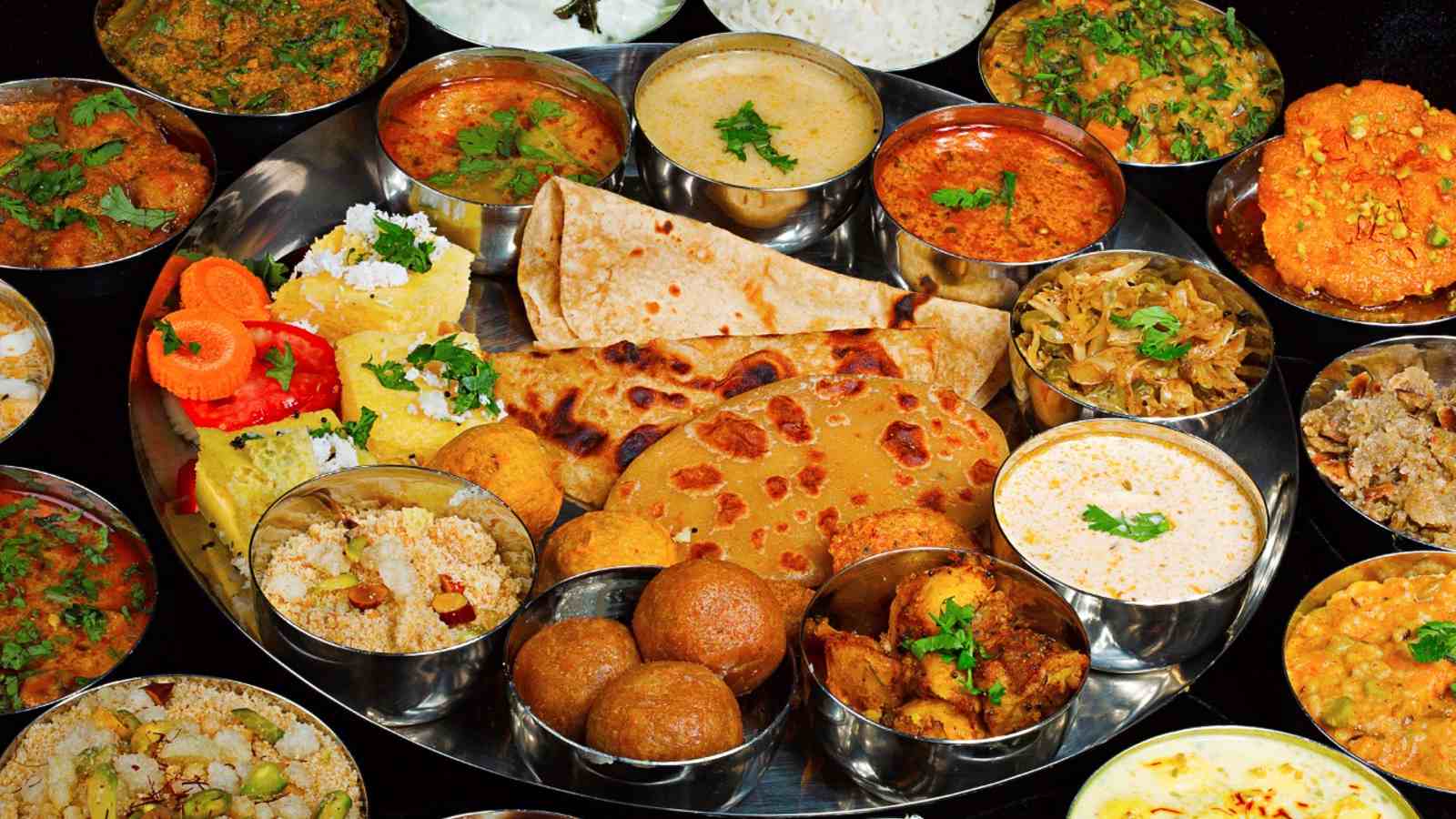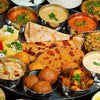The Sacred Flavors of Vasant Panchami

Vasant Panchami , the festival that welcomes spring & celebrates Goddess Saraswati. not only is it marked by prayers & learning , but also by a vibrant selection of traditional foods.
The color yellow dominates the festival, symbolizing knowledge, prosperity, and the golden mustard fields that bloom during this time.
Why Yellow Foods?
Yellow is associated with Goddess Saraswati.
The Goddess of wisdom and arts. Devotees wear yellow decorate altars with yellow flowers & prepare saffron-infused delicacies to honor her. The color represents energy, learning, and positivity, making it central to the day’s offerings.
Traditional Foods and Their Divine Offerings
Kesari Halwa (Sooji Halwa)

A saffron-infused semolina dessert cooked with ghee, sugar, and dry fruits.
Offered to Goddess Saraswati in homes and temples before being shared as prasad.
Sweet Saffron Rice (Zarda)

A fragrant dish made from basmati rice, saffron, and sugar.
Signifies abundance and joy and is often dedicated to Saraswati and Lord Vishnu.
Khichdi

A wholesome mix of rice, lentils, and seasonal vegetables.
In West Bengal and Bihar, it is offered as bhog (sacred food) to Goddess Saraswati.
Boondi & Rajbhog

Boondi, tiny chickpea flour pearls soaked in saffron syrup, and Rajbhog, a saffron-flavored stuffed rasgulla.
Often offered to both Saraswati and Lakshmi, symbolizing sweetness and prosperity.
Malpua

A deep-fried pancake soaked in sugar syrup.
One of the favorite offerings in Odisha and North India, symbolizing fulfillment and festivity.
A Feast of complete Faith & Learning
These delicacies, prepared with devotion are not just meals, but sacred offerings that align with the spiritual essence of Vasant Panchami.
As families gather to honor knowledge and new beginnings, these foods serve as a bridge between tradition and celebration, bringing both divine blessings and seasonal joy.





